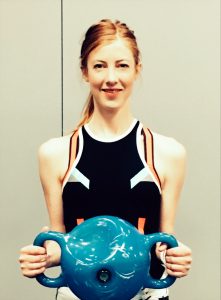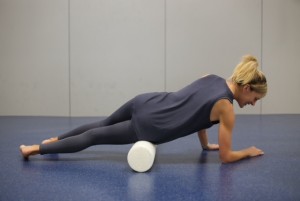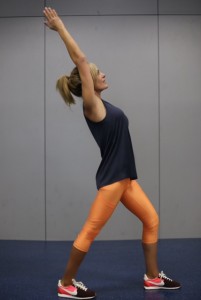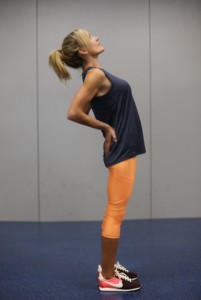Caffeine could protect against dementia
Caffeine is one of the strongest of 24 compounds that Indiana University scientists recently identified that can protect against dementia. Caffeine boosts an enzyme in the brain, called NMNAT2, that guards neurons from stress and combats the formation of plaques due to aging. Plaques, tangled and oddly folded proteins, called tau, have been linked to debilitating neurological disorders such as Alzheimer’s, Parkinson’s, Huntington’s and Lou Gerhig’s diseases. Alzheimer’s disease, the most common condition, affects 1 in 9 people over age 65—almost 5.5 million people—and the numbers are expected to grow as our population ages. As scientists continue to identify compounds that could play a role in halting the deterioration of proteins in the brain, don’t feel bad about your coffee fix.
From an intensity perspective, the physiological demands of playing 18 holes are half the energy expenditure of running. But competitive golfing can be mentally and physically exhausting. Critical shot-making decisions, hand–eye coordination, high-level motor and biomechanical skill and numerous maximum-effort shots all play a role in competitive golf. Caffeine is one of the most common go-to ergogenic aids for elite athletes, and that extra jolt of caffeine might help improve concentration, energy, reaction time, fatigue and overall confidence during an 18-hole round. A recent study in Medicine and Science in Sports and Exercise suggests that caffeine-containing supplements before or during golf can improve iron club accuracy, drive distance and overall golf scores.
The buzz on health risks and benefits
Coffee keeps us awake or makes up for inadequate sleep, and has been revered for just that as far back as the sixth century. However, caffeine’s ability to stimulate the central nervous system doesn’t hide the fact that it is still a drug. Some people are genetically more susceptible and don’t enjoy the jittery effects of it.
But the good news is that it can be a good habit. Recent scientific studies show that coffee shines from a cardiovascular standpoint in that it can decrease the onset of type 2 diabetes and reduce the risk of heart disease and stroke. More so than fruits and vegetables, coffee is the No. 1 source of antioxidants in the U.S. diet, having more antioxidants than blueberries, raspberries or green tea. Your morning joe (or tea, coming in second) contains large amounts of several powerful antioxidants, including phenols and polyphenol compounds that help neutralize free radicals and prevent oxidative stress.
The bottom line is that if you enjoy it, moderate caffeine use offers much from an overall cardiovascular standpoint and numerous health benefits.
Connie Aronson is an ACSM-certified exercise physiologist at the YMCA in Ketchum. Learn more at www.conniearonson.com.
Published in the Idaho Mountain Express April 7, 2017
.


 When you stand tall and lift your chest, don’t you feel much better? You look better also, as your posture improves. Breathing capacity improves, as your diaphragm lifts to help expand your lungs. We need to breathe to live. Breathing sustains us and can also teach us about our current physical and psychological state. You get some great news, hold your breath in anticipation, or exhale out to relax more. Our wavelike breathing is our life force, but did you know that breathing out makes you lose fat?
When you stand tall and lift your chest, don’t you feel much better? You look better also, as your posture improves. Breathing capacity improves, as your diaphragm lifts to help expand your lungs. We need to breathe to live. Breathing sustains us and can also teach us about our current physical and psychological state. You get some great news, hold your breath in anticipation, or exhale out to relax more. Our wavelike breathing is our life force, but did you know that breathing out makes you lose fat?








